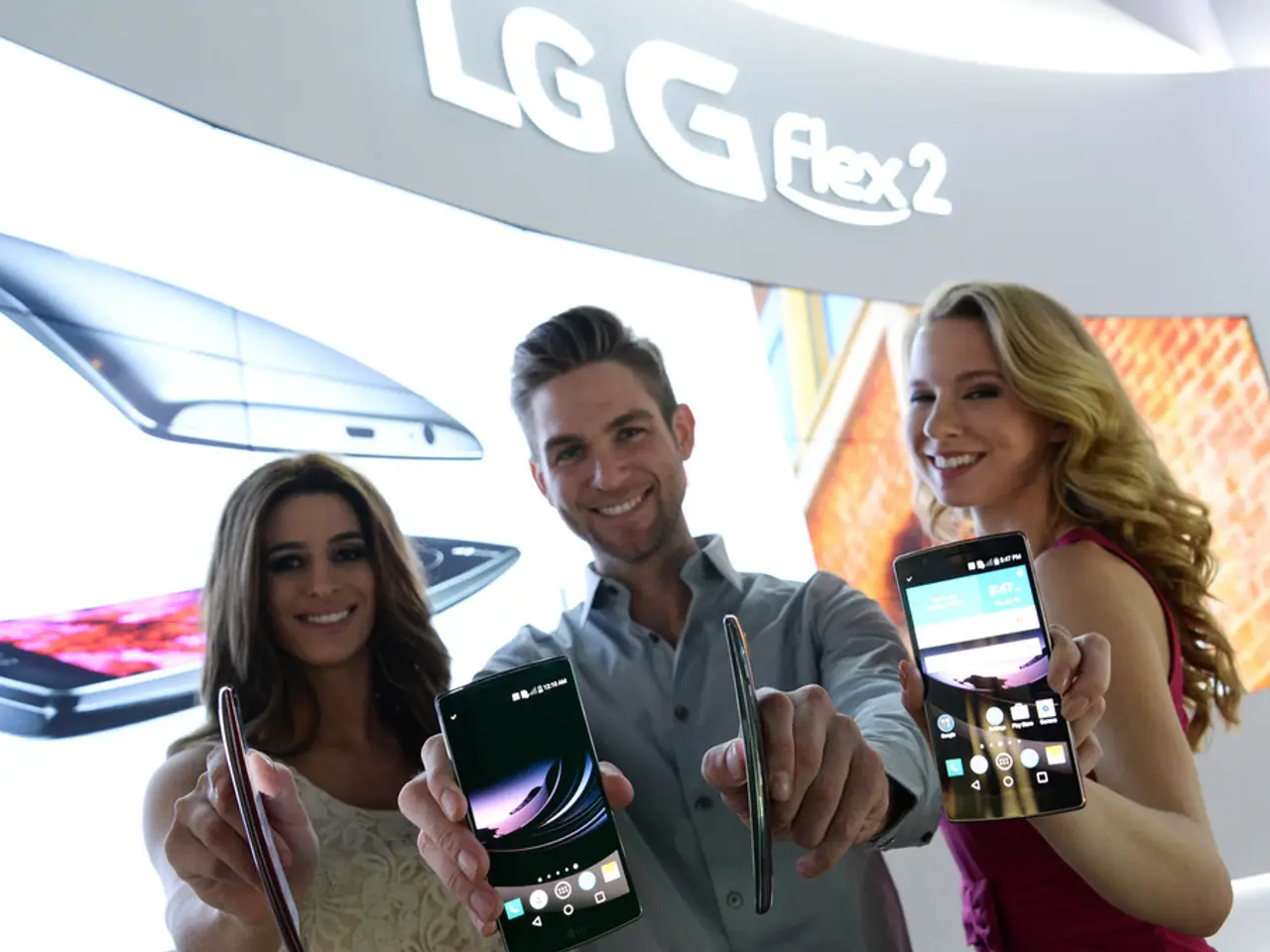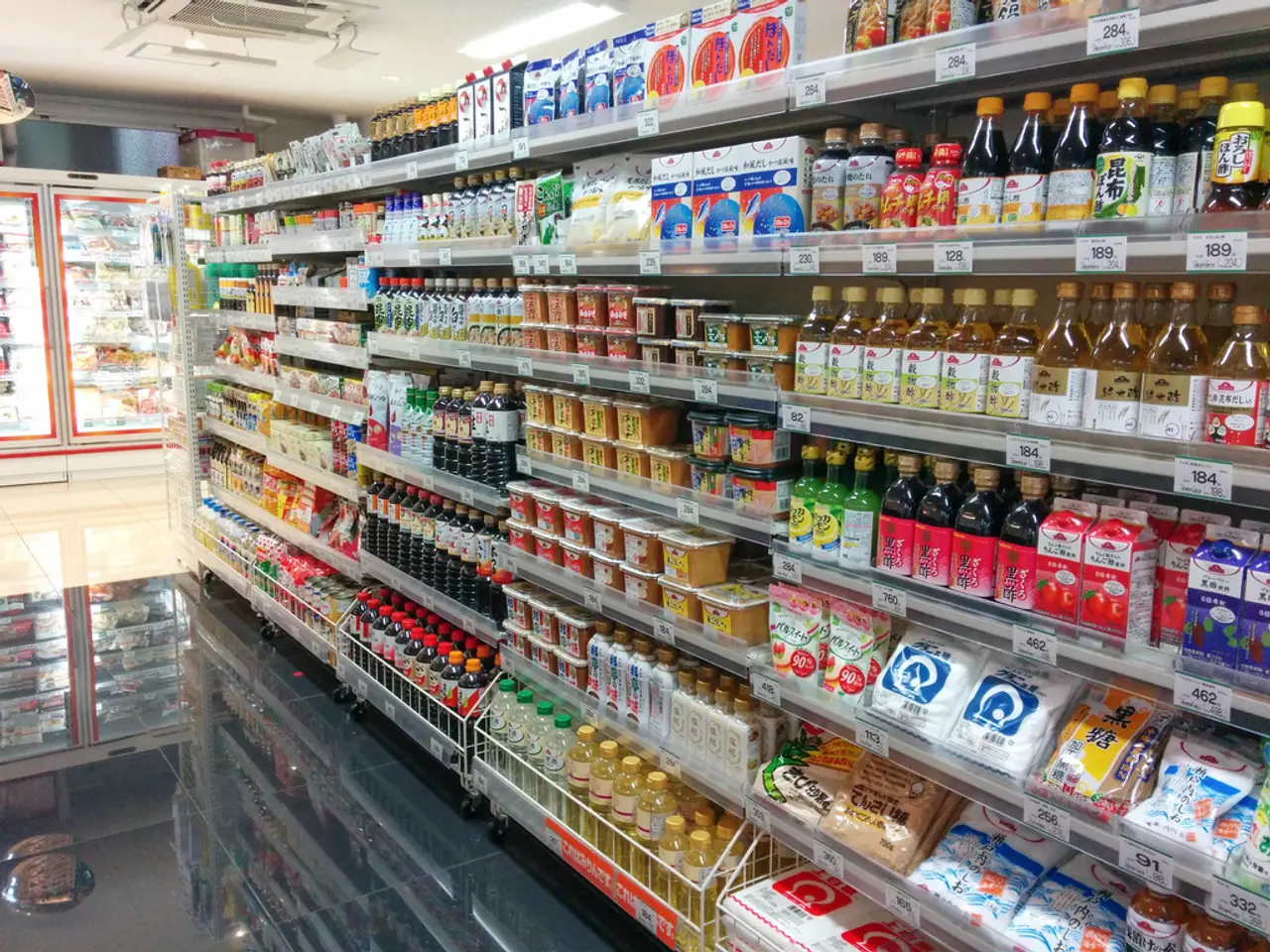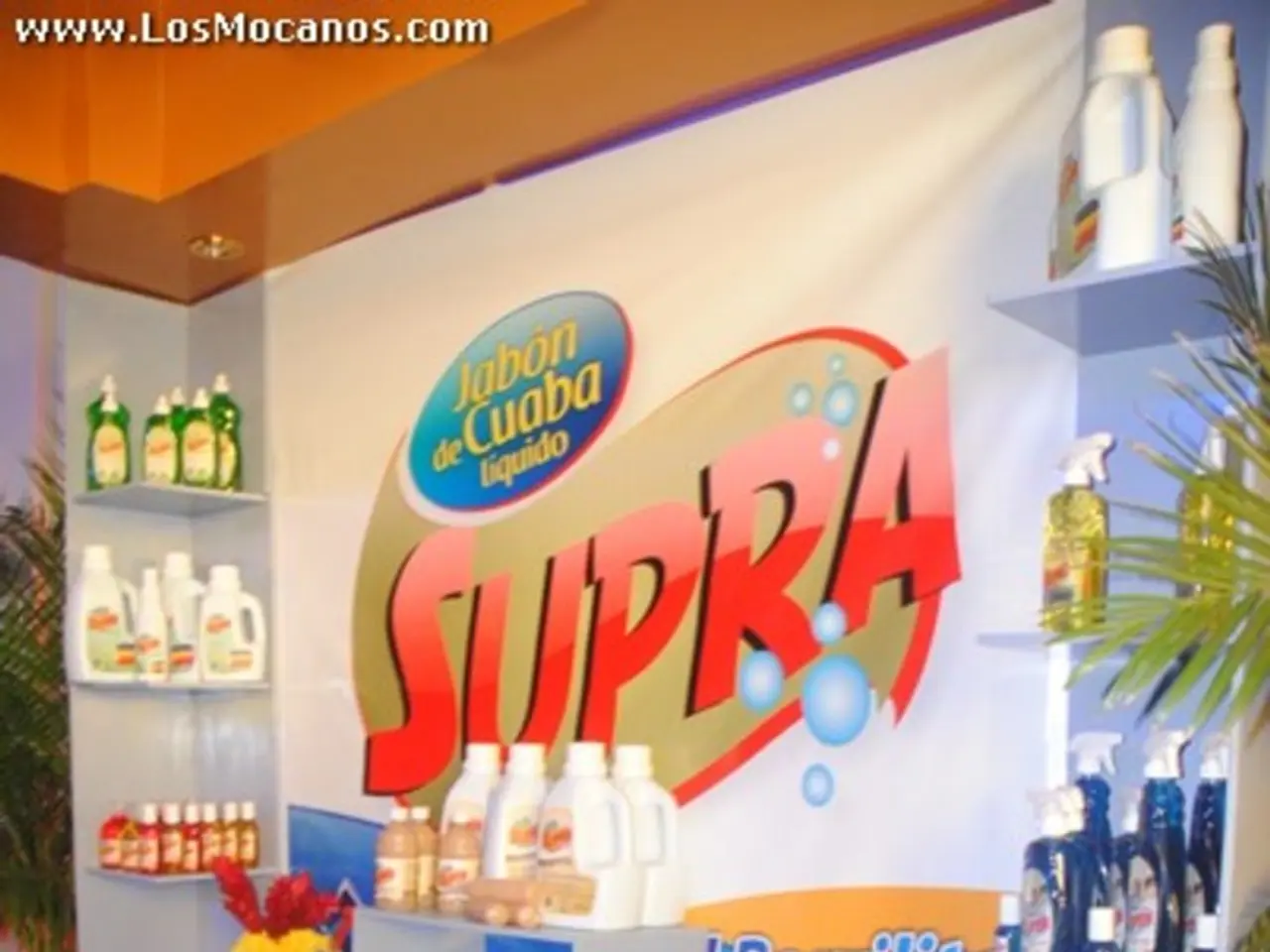LG Energy Solution and Tesla establish LFP battery factories within the United States
In a significant stride towards onshoring battery manufacturing, LG Energy Solution (LGES) has launched a **large-scale Lithium Iron Phosphate (LFP) battery production facility** in Holland, Michigan. This marks the **first giga-scale LFP battery plant in the U.S.,** signifying a shift away from dependence on China for LFP cells [1][3].
### Capacity and Expansion
The Michigan factory boasts an initial production capacity of **16.5 gigawatt-hours (GWh) of LFP cells annually**. The site also produces Nickel Manganese Cobalt (NMC) batteries with an additional 5 GWh capacity, bringing the total battery production at the complex to **21.5 GWh per year**. Ambitions exist to boost LFP capacity beyond 16.5 GWh, with potential increases to 21.5 GWh as well [1][2][4].
### Employment and Local Impact
The expanded facility employs approximately **1,700 workers** at full production capacity, significantly contributing to local manufacturing employment [2].
### Strategic Shift and Market Focus
Initially, LGES’s Michigan facility produced batteries for electric vehicles, but due to slower-than-expected BEV growth, the company pivoted to focus on **energy storage systems applications** with LFP chemistry. LFP batteries offer advantages in safety, durability, and cost-effectiveness, despite somewhat lower energy density compared to other chemistries [2][3].
LFP batteries are increasingly favored for grid-scale storage and data centers given their fire-safety benefits and cost efficiency. The plant's production will cover a substantial portion of the **annual domestic demand for energy storage battery cells in the U.S.**, helping reduce dependence on imported LFP cells from China [1][3].
### Competitive Landscape
Japan’s AESC has also started LFP production in Tennessee, indicating a growing competitive landscape for domestic LFP battery manufacturing aimed at ESS markets [1]. Tesla, too, is working to onshore its LFP battery production, but LG’s Michigan plant currently represents the largest U.S.-based giga-scale LFP battery production capacity.
In summary, LG Energy Solution's Michigan LFP battery facility with its **16.5 GWh annual capacity and 1,700 employees** is a major development in U.S. battery supply chains, securing a leading position in the emerging competitive landscape alongside Tesla as the country ramps up domestic energy storage capabilities [1][2][3].
[1] CleanTechnica [2] Battery Technology [3] Tesla [4] LG Energy Solution (internal sources)
The Michigan factory, operated by LG Energy Solution (LGES), currently produces Lithium Iron Phosphate (LFP) cells with an annual capacity of 16.5 gigawatt-hours (GWh), a figure that may potentially increase to 21.5 GWh. This expansion in battery technology, financed by the industry, contributes to the domestic energy storage sector, challenging the traditional dominance of China in the LFP battery industry.
The strategic shift by LGES to focus on LFP battery technology for energy storage systems is not only a response to slower-than-expected growth in electric vehicles but also recognition of the benefits these batteries offer in terms of safety, durability, and cost-effectiveness. This move towards onshoring technology in the finance sector is significant, as it aims to meet a substantial portion of the annual domestic demand for energy storage battery cells, thereby reducing dependence on imported LFP cells from China.




